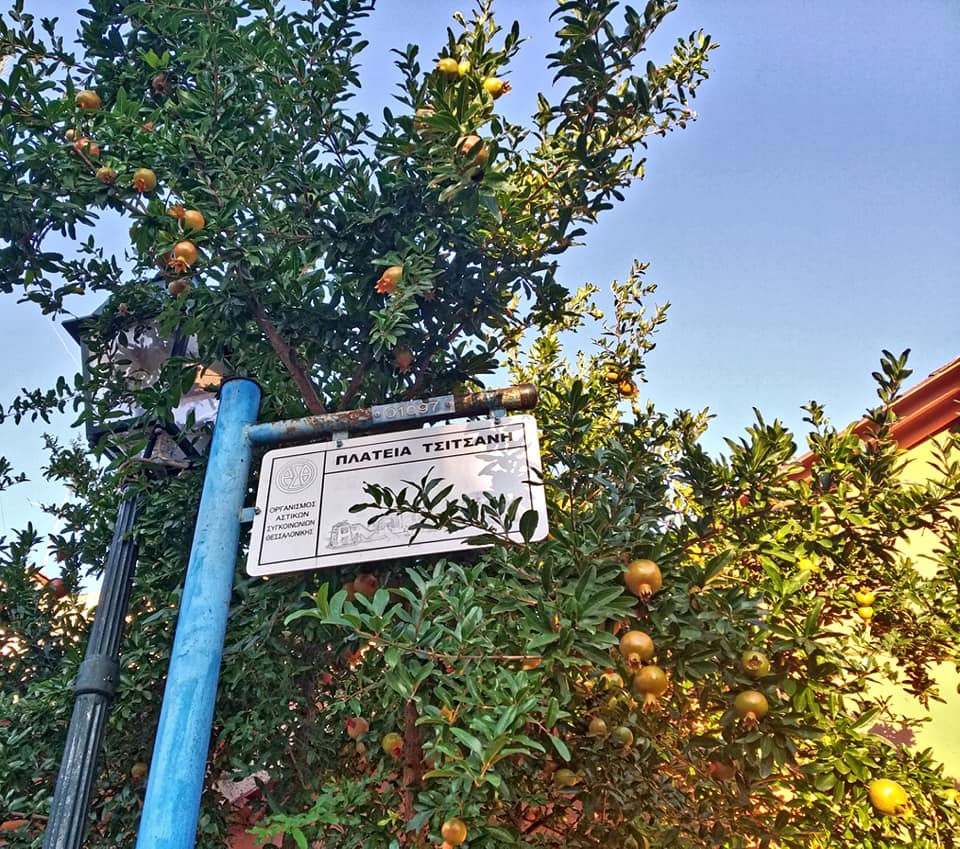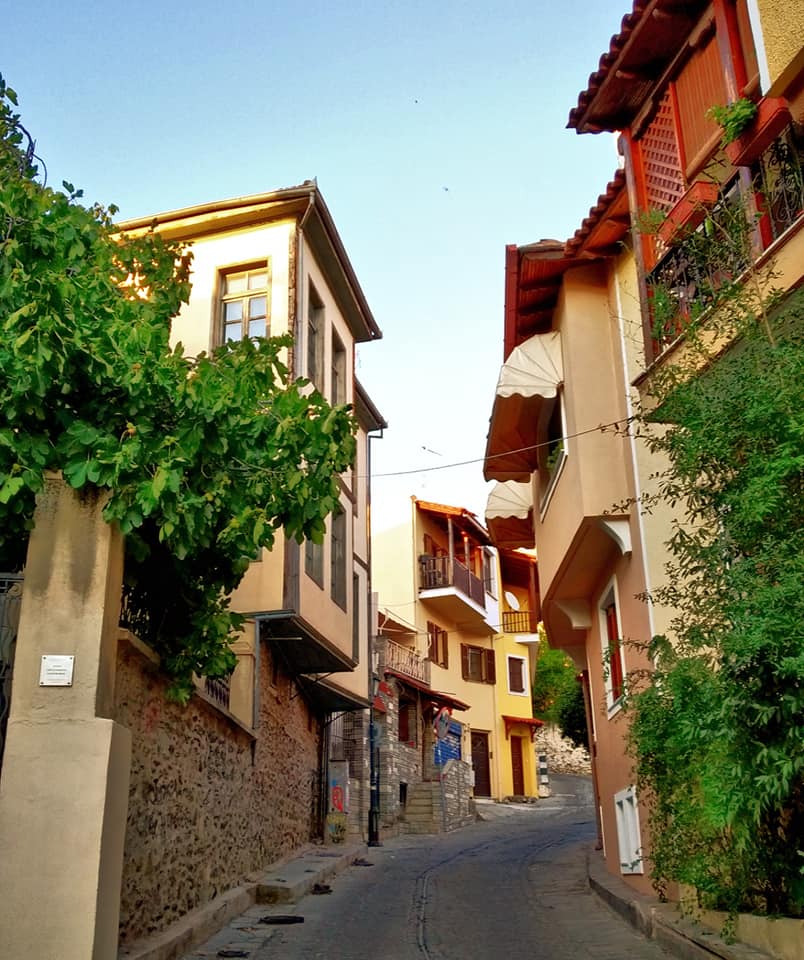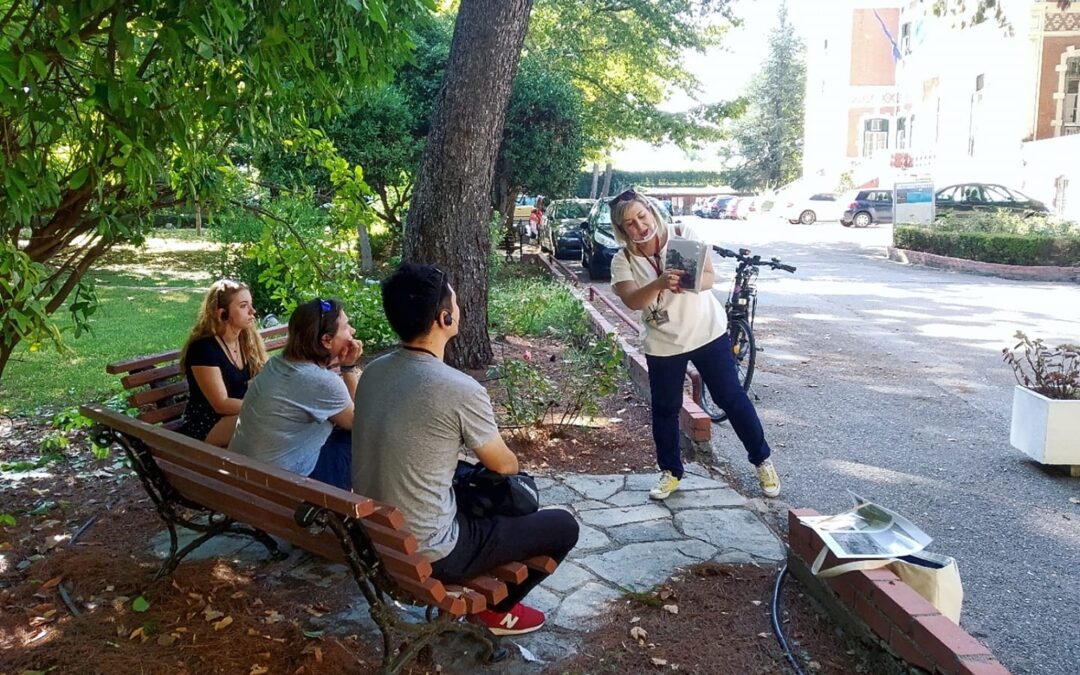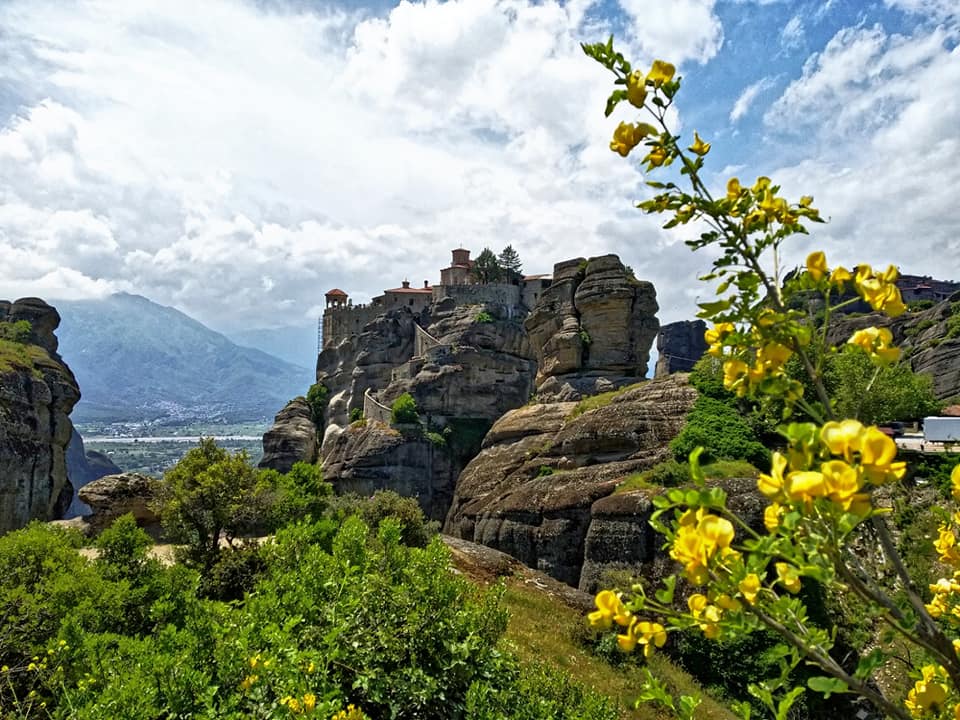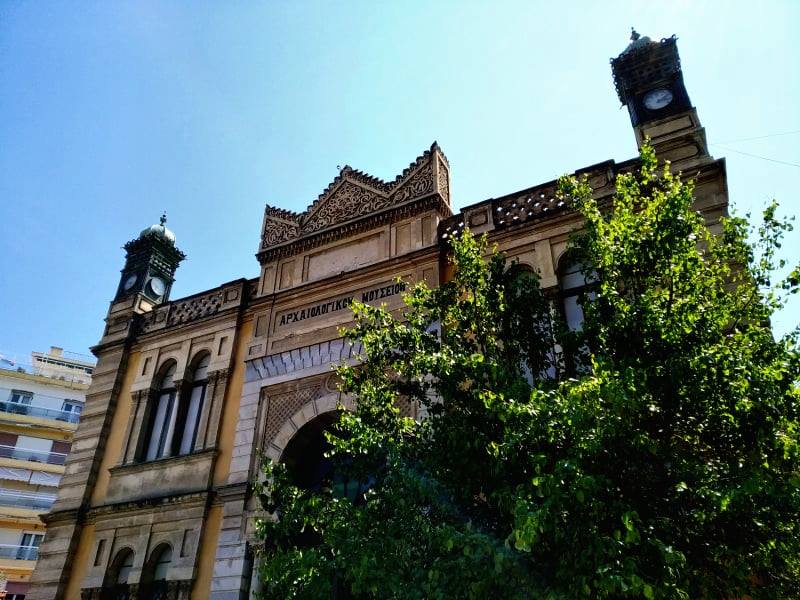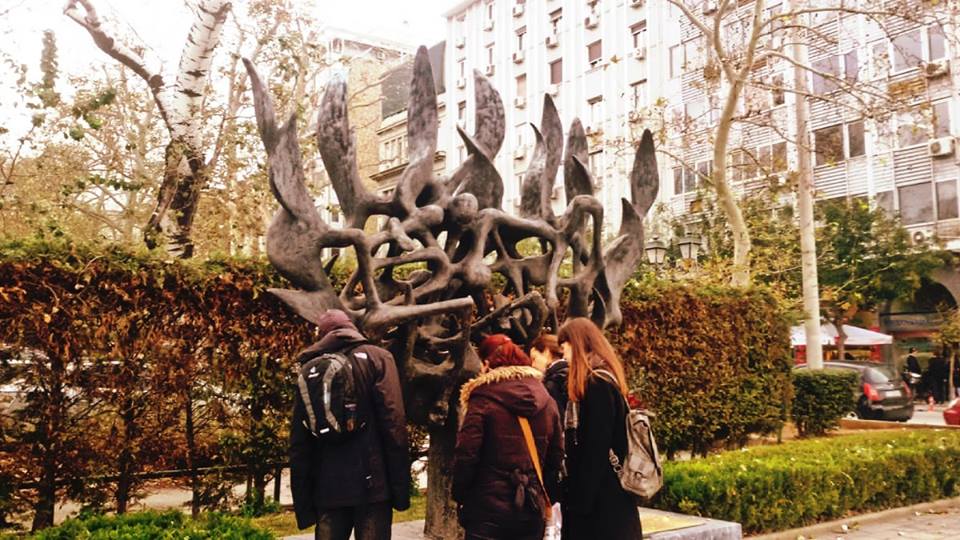The north of Thessaloniki lies the Upper or Old Town, the only part of the city that survived the big fire of 1917. The Upper Town will make you feel as if time stood still. Υou will immediately be stricken by its unique style, so different from that of the rest of Thessaloniki that will travel you back to the city’s Byzantine or Ottoman past.
Because of its location, it is where the city’s main fortress and other defensive structures, such as Eptapirgion or Trigonio Tower, were built during the Byzantine and the Ottoman period. A large part of the Byzantine Walls that surrounded Thessaloniki have been well preserved at this area, including the beauty of the city’s Acropolis. The old buildings, the narrow alleys, the small taverns with the traditional cuisine reflect the history of this area and its cultural identity.
Rebetiko (or Rebetika) is the name of the Greek urban folk music that appeared in the late 19th century and the early 20th. It started from the big ports of Greek cities where the working class lived (Piraeus, Thessaloniki, Volos) and then moved to other urban centers. In 1922 the refugees from Asia Minor brought their own musical elements and Rebetiko took on other characteristics.
For many years Rebetiko was the music of people living on the margins. For this reason, it was persecuted and banned. Its’ main subjects are love, illegality, prison and drugs. The instruments of rebetiko music are bouzouki, baglamas, guitar and sometimes violin, piano, tambourine and wooden spoons.
While having a walk to “Ano Poli” with the higly educated teachers of Peek at Greek and the specialized and certified guides of Dot2dot, you also have the opportunity to discover the history of the district, come in contact with the music of Rebetiko, get to know the musician Vassillis Tsitsanis, meet the Balkan architec and enjoy an amazing view. And aaaaall these by learning Greek!
Be part of our school! Contact us!

